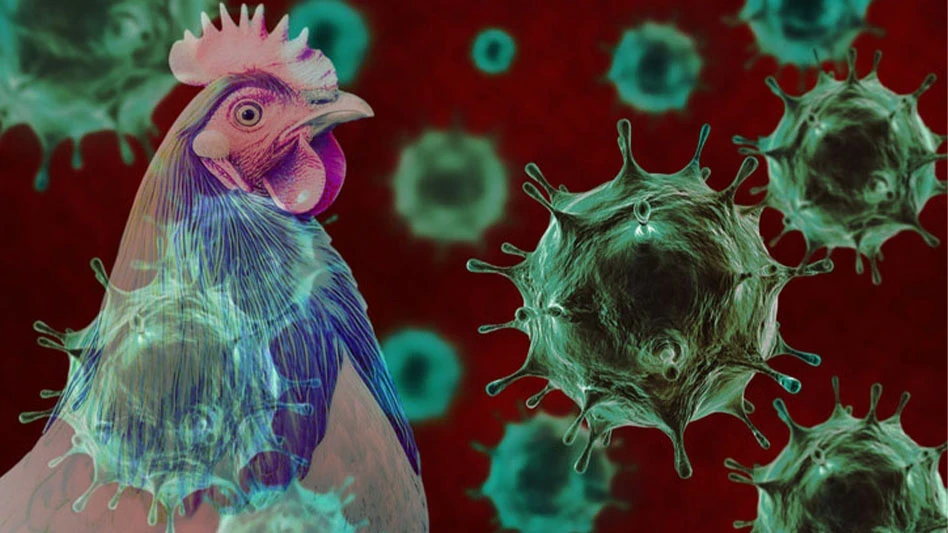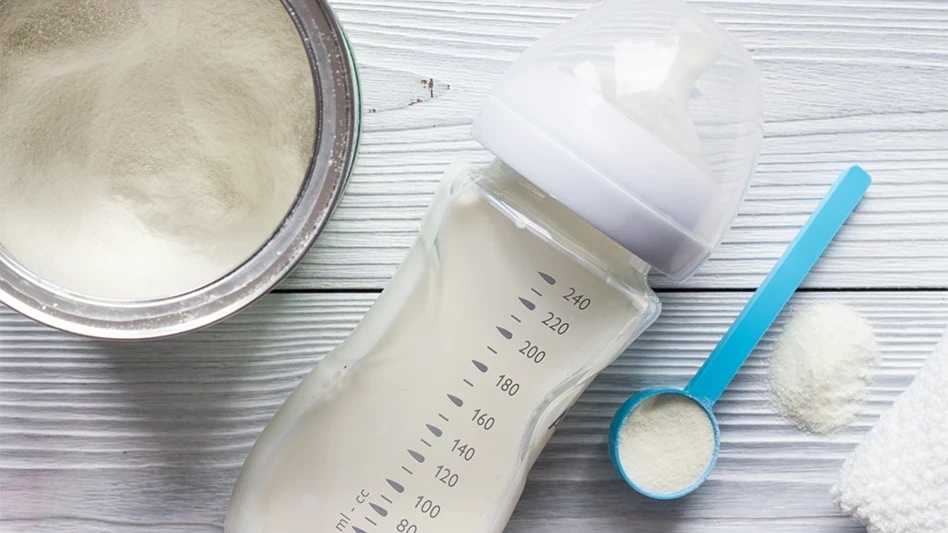
By Lisa Lupo
While the dollar-and-cents cost of stored product pest (SPP) damage and contamination is very real — as reflected in “5 SPP Fast Facts” (page 37), there are less-direct costs that can be of even greater threat to food producers, such as those detailed by Copesan Director of Technical Support and Regulatory Compliance Bennett Jordan: FDA intervention or recall, consumer complaints and litigation, audit failure, brand damage, and loss of product. Not only do these impact the company brand and organization, they contribute to the dollars-and-cents cost of SPP presence.
“There are costs associated with all aspects of stored product pest problems,” Jordan said. “In addition to the ones listed, you can account for time to investigate and problem-solve issues, process or packaging changes, and a drop in stock price for publicly-traded companies. There is no upper limit on the costs.”
“The economic impact on a food processor that has an SPP infestation is massive,” added McCloud Services Training Manager Anna Berry. “While we don’t see the same risks to food safety that we see with other pests, we do have a very high risk to brand and product reputation.
The specific species of pest that is of greatest threat to a food processor will depend entirely on what it is they’re processing, she said. And while a popcorn facility may be most likely to encounter weevils; a spice facility, cigarette beetles; and a flour mill, confused flour beetles, she said, “We do not have strong monitoring tools for all SPPs, so our perceived biggest risk may not be our actual biggest risk. We may think the Indianmeal moth is our biggest risk because of the counts in the pheromone traps and light traps, but the sawtoothed grain beetle population may actually be the big threat that we just can’t monitor as well for.”
But monitoring is of critical importance because stored product pests are capable of causing great financial losses once a facility becomes infested. “Infestations will cause contamination of product, mold, and unpleasant odors, all of which make the food product unfit for human consumption,” Jordan said. “Additionally, commercial grain buyers will refuse to accept delivery of the product if it is discovered the grain has been contaminated.”
While the sawtoothed grain beetle is not generally a food safety risk to the consumer, the U.S. has very little tolerance for the presence of insects in their food, Berry added. So, a consumer will lodge a complaint or return the product because it is perceived to be a food-safety risk.
It is just such customer complaints that Insects Limited Founder and President David Mueller sees as the greatest threat of stored product pests. “Some companies spend unknown amounts of money creating a brand with a good reputation. One recall can eliminate this investment,” he said. A company he worked with had a $250 million recall on baby food that had warehouse beetles in the product and facility. “Imagine if you are a young mother with an infant and you hear about this recall. What response will you have for the future of that branded product?” Mueller asked. Another real case study he cited is one from the pet food industry. A customer fed his pet the same brand of pet food for its entire life, and went on to feed his next pet the same food, which could amount to $10,000 of product purchased. A defect or recall would likely cause that customer to lose trust in that brand and switch.

Although the food-safety risk of some stored product pests may be simply a perception, the product quality risk is real, which has additional business impact. The insect can alter the food to a state that it is no longer usable as intended, Berry said. For example, the maize weevil will develop inside a popcorn kernel, literally eating the kernel inside out. “You cannot pop hollowed corn kernels,” she said, adding, “The damage caused by the stored product pests results in lowered quality of food, which results in the inability to sell it, which results in significant financial loss,” she said. “In addition, the susceptibility of these foods and products to mold and bacteria, as well as disease-vectoring pests, increases as packaging is damaged by the SPPs.”
SPP SOLUTIONS. Start with the insects first, Mueller said. “Find out what they like and what they don’t like, and offer them the things they don’t like and they will leave or die.”
Recognizing that stored product pests are present is the first step in getting control over these destructive pests, as loss can be minimized when infestations are quickly identified and appropriate control measures implemented. “Stored product pests can enter on goods, transportation equipment, and from the exterior, so vigilance is always required,” Jordan said. “Every facility has vulnerabilities that must be identified and either corrected or accounted for at all times.” Thus, he sees the keys to successful stored product pest management as “prioritizing pest management — especially monitoring for early detection, sanitation, stock rotation, goods inspections, and capital investments in infrastructure and equipment.”Stored product pests live in the food that they eat, Berry said, so the most effective solution is to remove and discard the food — although that is often much easier said than done, as food plants must wrestle with spillage, food debris in racking and rafters, and incoming infested products. However, she added, “that should always be the first approach — remove their food source through sanitation and first in/first out stock rotation. Exclude them through incoming product inspections and exterior seals.”
Regardless of the pest, facility, or product involved, however, insects are symptoms of a condition. “Change the condition, and you change the behavior of the pest to your advantage,” Mueller said.
The solutions can be proactive when pest management is consistently applied in a food facility, but if a problem develops, a reactive solution is needed, such as fumigation, fogging, or other more toxic techniques to control pests, he said.
Berry described several solutions that can be implemented depending on the pest, the facility, and the product. Vacuuming, extreme heat, and extreme cold are excellent defenses against SPPs. Insect growth regulators (IGRs) are also effective when applied in areas where larvae crawl to pupate. But for insects that stay in the food throughout their lives, IGRs and residual insecticides will not be much help. Fogging may be effective at eliminating exposed adult populations, but again will not kill juveniles in the food, she said, adding, fumigation is extremely effective against SPPs that are widespread in a facility, but typically considered a last resort due to cost. Finally, mating disruption (the use of highly concentrated sex pheromones) has been shown to be very successful at eliminating Indianmeal moth in food processing facilities.
Thus, Berry said, “Your control method will be entirely dependent on the pest, the facility, and the product.”
The author is Editor of QA magazine. She can be reached at llupo@gie.net.

Explore the December 2017 Issue
Check out more from this issue and find your next story to read.
Latest from Quality Assurance & Food Safety
- Joint FAO/WHO Expert Committee on Food Additives Seeks Experts
- FDA Reschedules Webinar on Updated ‘Healthy’ Claim
- Thousands More Laid Off at FDA, CDC in HHS Restructuring
- USDA Extends Deadline on Request for Information for Poultry Quality Standards
- Dessert Holdings Issues Allergy Alert on Undeclared Pecans in Favorite Day Cheesecake
- Idaho Smokehouse Partners Recalls Beef Sticks Due to Possible Foreign Matter Contamination
- IDFA Leadership Symposium Set for June 23-26
- FDA Publishes Searchable Web Page for Food Allergen Labeling Guidance





